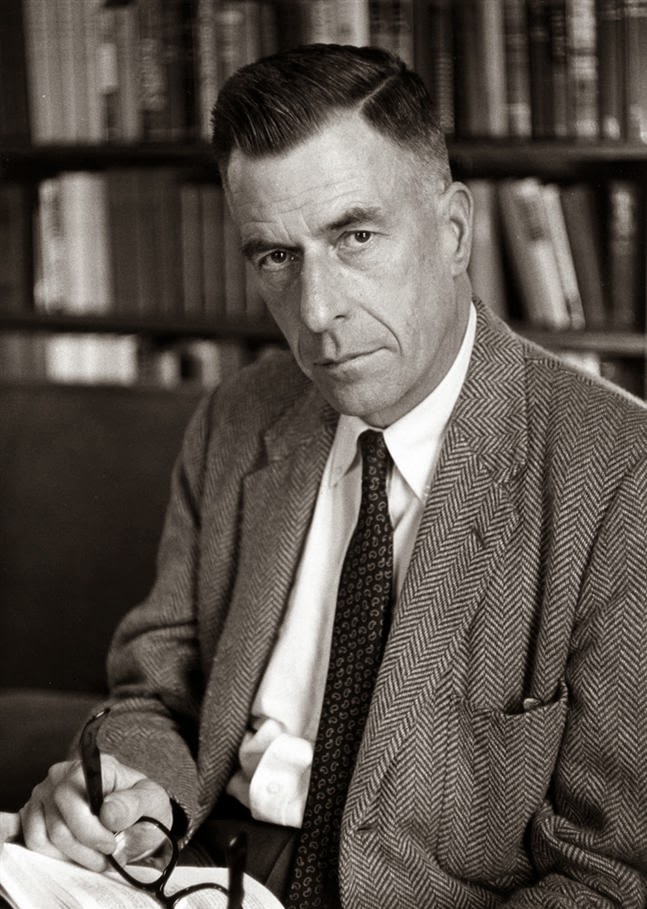Dewey and Montessori
Scientific pedagogy is a way of helping children with
learning in school. Schools were at first furnished with the long, narrow
benches upon which the children were crowded together. Then came science and
perfected the bench. In this work much attention was paid to the recent
contributions of anthropology. The age of the child and the length of his limbs
were considered in placing the seat at the right height. The distance between
the seat and the desk was calculated with infinite care, in order that the child's
back should not become deformed, and, finally, the seats were separated and the
width so closely calculated that the child could barely seat himself upon it,
while to stretch himself by making any lateral movements was impossible. This
was done in order that he might be separated from his neighbor. Freedom, like
physical education, is also very important in education, giving time to rest
the mind.
Dewey was born in Burlington, Vermont, to a family of modest
means. Like his older brother, Davis Rich Dewey, he attended the University of
Vermont, from which he graduated in 1879. In 1894 Dewey joined the newly
founded University of Chicago where he developed his belief in Empiricism,
becoming associated with the newly emerging Pragmatic philosophy. His time at
the University of Chicago resulted in four essays collectively entitled Thought
and its Subject-Matter, which was published with collected works from his
colleagues at Chicago under the collective title Studies in Logical Theory.
During that time Dewey also initiated the University of Chicago Laboratory
Schools, where he was able to actualize the pedagogical beliefs that provided
material for his first major work on education, The School and Social Progress.
Disagreements with the administration ultimately caused his resignation from
the University, and soon thereafter he relocated near the East Coast. In 1899,
Dewey was elected president of the American Psychological Association. From
1904 until his retirement in 1930 he was professor of philosophy at both
Columbia University and Columbia University's Teachers College. In 1905 he
became president of the American Philosophical Association. He was a longtime
member of the American Federation of Teachers.






